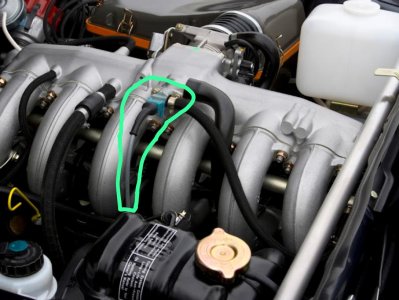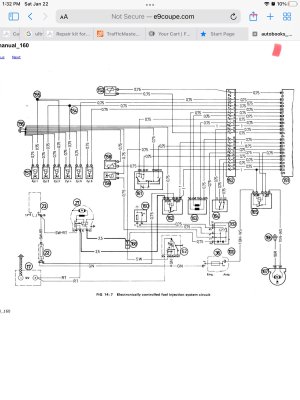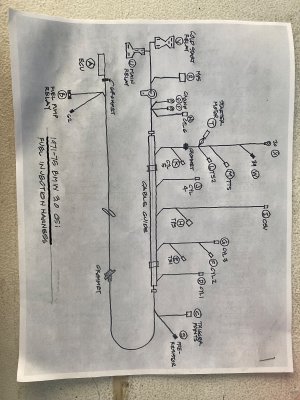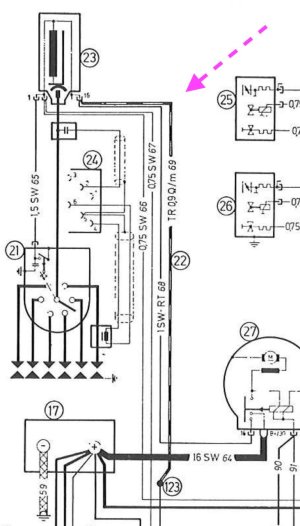LEO
Active Member
Hi, I’m looking for some guidance and insight on the restoration of my E9 CSi, which has been disassembled since 2019… ;(
While restoring the wiring harness, we came across what might be the connection to this device. At this point it’s more of a suspicion, since we found it inside the front harness that connects the lights, the coil, and the relays located near the battery.
If anyone knows what this device is, what its function might be, and what the correct wiring should look like (in my harness the wires are crystallized), I’d really appreciate your help.
The two connectors are a bit confusing: one seems to go to ground, while the other has two wires of different colors that don’t let me clearly identify their origin, and the wiring diagram isn’t helping me much either.
I’m attaching a picture I found on the forum, highlighting the device that I suspect fits that connector.
Thanks in advance for any help.
Best regards,
While restoring the wiring harness, we came across what might be the connection to this device. At this point it’s more of a suspicion, since we found it inside the front harness that connects the lights, the coil, and the relays located near the battery.
If anyone knows what this device is, what its function might be, and what the correct wiring should look like (in my harness the wires are crystallized), I’d really appreciate your help.
The two connectors are a bit confusing: one seems to go to ground, while the other has two wires of different colors that don’t let me clearly identify their origin, and the wiring diagram isn’t helping me much either.
I’m attaching a picture I found on the forum, highlighting the device that I suspect fits that connector.
Thanks in advance for any help.
Best regards,




